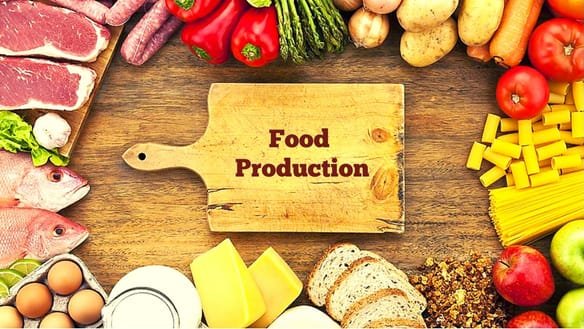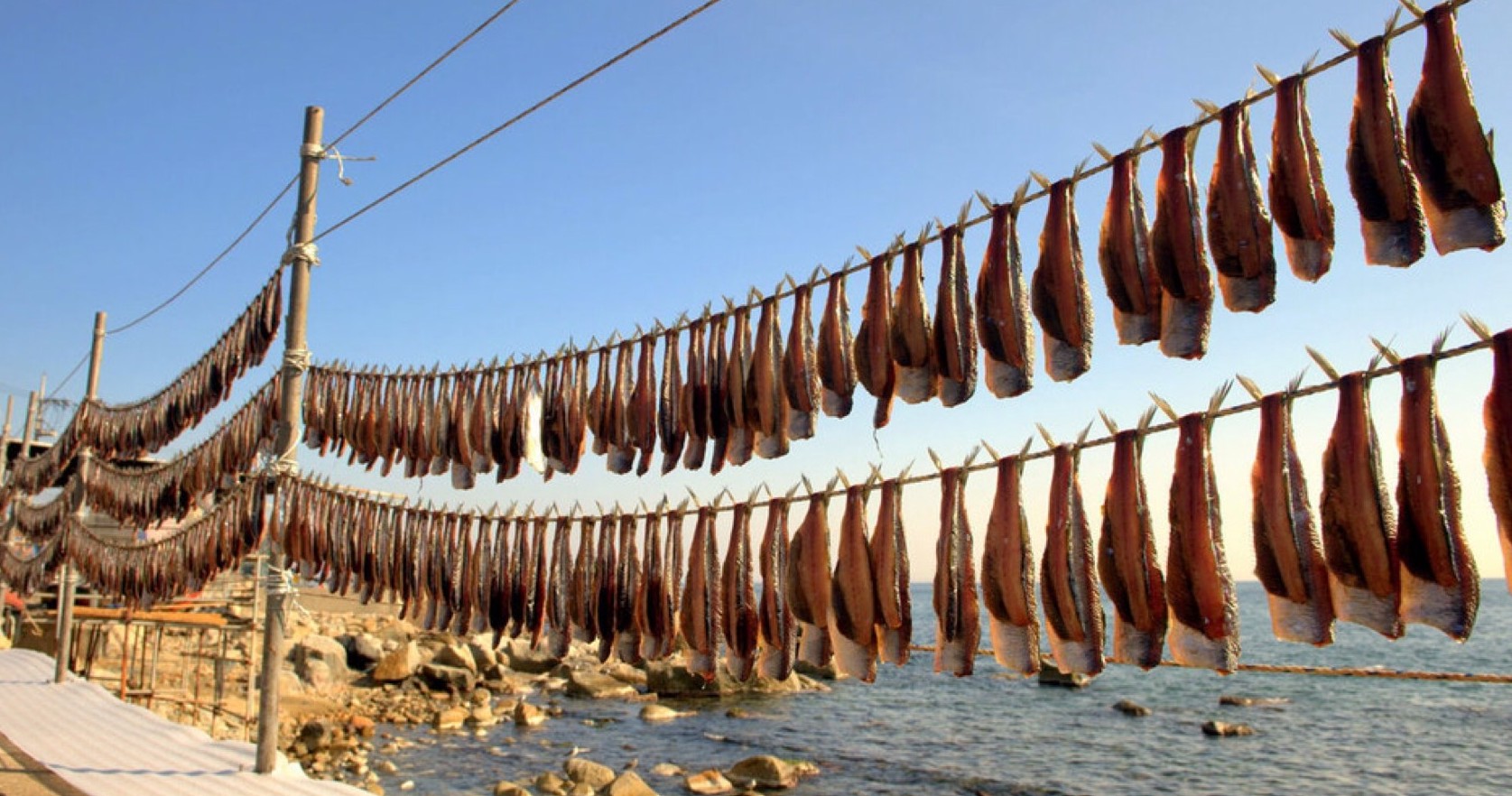Back to: BIOLOGY SS2
Welcome to Class !!
We are eager to have you join us !!
In today’s Biology class, We will be learning about Food Production and Storage. We hope you enjoy the class!

CONTENT
- Introduction
- Role of Government in Agricultural Food Production
- Environmental Factors Required for Food Production
- Ways of Improving Crop Production
- Effects of food shortage on population
- Methods of food preservation
- Effects of food storage overpopulation
Introduction
Food production depends on the following
- Role of government in agricultural production
- Environmental factors required for food production
- Ways of improving crop production
Role of Government in Agricultural production
- The role of government in agricultural production include
- Provision of agro-chemicals
- Provision of financial assistance.
- Provision of high-quality planting materials
- Provision of tractors and other implements
- Provision of extension services
- Establishment of river basin authorities
- Provision of storage and processing facilities
- Provision of effective transportation network
- Efficient quarantine measures
- Provision of research work
Environmental Factors Required for Food Production
Environmental factors affecting food production include the biotic and abiotic factors.
Abiotic factors include
I. Rainfall II. Temperature III. Wind
IV. Sunlight V. Relative humidity VI. Solar radiation
Edaphic factor soil pH, soil texture, and soil structure.
Biotic factors affecting food production include I. Soil organisms II. Pests III. Parasites IV. Diseases V. Weeds VI. Predators
Ways of Improving Food Production
Food production can be improved by
- crop improvement method,
- proper timing of plant,
- adoption of better cultivation methods,
- control of weeds,
- use of good crop varieties,
- use of resistant variety,
- use of manures and fertilizers,
- control of pests of crops,
- control of diseases of crops.
Effects of Food Shortage on Population Size
There is a direct relationship between population size and food supply. As the population of organisms increases, the quantity of food produced should increase accordingly. However, when there is a food shortage due to food wastage, the following result:
- High cost of food making food unavailable to the common man.
- Competition: Situation in which the organisms in a population struggle for limited available essential of life e.g. food. This results in survival of the fittest in the population.
- Cannibalism: This is an animal feeding on one another.
- Emigration: This is the outward movement of organisms from a particular population when there is a shortage of food.
- Increased death rate (which is called mortality): especially of organisms which could not survive competition or migrate out.
EVALUATION
- What are the effects of food shortage on population size?
- Define cannibalism.

Methods of Food Preservation (Storage)
The methods and principles of preserving food include
Salting: This involves the coating of the food with table salt or common salt (NaCl).
Principle: The salt on the surface of the food dehydrates it i.e. it removes water from the food.
This form a highly concentrated solution which has osmotic pressure than the cytoplasm of the microorganisms that cause decay. The salts inhibit the growth of the microbe or kill them. This method can be used for fresh meat, fish etc.
Drying: Food such as vegetables, maize, cassava, fish, meat etc. can be preserved by drying under the sun.
Principle: Drying reduces the water content of the food thus making it unsuitable for the growth of spoilage microorganisms due to an increased osmotic concentration of food.

Smoking: Involves placing the food over a naked fire to dry it. Food preserved this way includes meat, fish, groundnut, plantain etc.
Principle: The smoke creates an oxygen-deficient environment that kills microorganisms. The smoke also contains chemicals that are poisonous to the organisms.
EVALUATION
- List three methods of preserving food.
- What are the principles of the methods mentioned above?
Method of Food Preservation
- Refrigeration/Freezing: This involves keeping food in the refrigerator or freezer at low temperature. Such food includes fruit, vegetables, milk, bread, fish, meat etc. Low temperature reduces the metabolic rate of microbes. Some can even be killed thus reducing spoilage considerable.
- Pasteurization: This is the heating of some food product to a very high temperature (72OC) for about 10 minutes and its immediate cooling for the purpose of storage. The high temperature destroys the spoilage microbes. Milk, cheese, beef can be preserved this way. Pasteurization usually precedes canning or bottling method of food preservation.
- Canning/Bottling: This is the storage or sealing of processed and consumable food in cans or bottle under special conditions for future consumption. This is used for food like fruit, meat, fish, and beans. etc. Microbes are gradually killed, the entrance of new ones is prevented and long storage is ensured.
- Irradiation: This is the subjection of some food e.g. Milk, Canned food, tubers, fruit juices etc, to high radiation such as ultraviolet rays. The irradiation kills the microbes in the food and also prevents the entrance of new ones.
- Chemicals: This is the addition of harmless chemicals to food e.g. soft drink, vegetables etc.
Principle: The chemical choke spoilage organisms in the food. It also dehydrates or detoxicates the microbes.
EVALUATION
- How is pasteurization related to canning or bottling method of preservation?
- Food storage reduces the effect of natural disaster, explain.
Effects of Food Storage on Population
- Prevention of hunger and famine: Hunger or famine that would have resulted from food shortage is averted with the preservation of food.
- Maintenance of stable price: During harvest, food is cheap. However, food storage ensures the availability of food throughout the year. This helps in the maintenance of a stable price.
- Reduce the effect of natural disaster, flood, earthquake, pest attack and even war cause farm crop failure or destroy entrance farm activities. Food already stored etc. harvest will save people from starvation in the period of scarcity.
- Food storage provides employment for workers, especially in food processing company.
EVALUATION
- What are the effects of food storage on the population?
- Highlight ways of improving food production.
- Mention four abiotic factors that affect food production.
- List the edaphic factors that affect food production.
- What is pasteurization?
READING ASSIGNMENT
College Biology by Idodo Umeh. Chapter 20, page 448
WEEKEND ASSIGNMENT
- The following except one results from food shortage (a) Competition (b) Reduced mortality rate (c) Emigration (d) Increased mortality rate.
- Food shortage makes the population size (a) increase (b) decrease (c) stabilize (d) fluctuate
- Food storage results in (a) stability of price (b) Natural disaster (c) high mortality rate (d) overpopulation
- These are methods of storing and preserving food except (a) Silos (b) barns (c) refrigeration (d) Marketing.
- The biggest factor that affects food production in Africa is (a) improper food storage (b) drought (c) low utilization of land (d) static farming technology.
THEORY
- a. List three methods of preserving food.
- Explain the principle involved in the method listed above
- State five ways of improving crop yield.
We have come to the end of this class. We do hope you enjoyed the class?
Should you have any further question, feel free to ask in the comment section below and trust us to respond as soon as possible.
In our next class, we will be learning about the Nutrient Cycles in Nature. We are very much eager to meet you there.

I really enjoyed this class and appreciate it but how can I get you in WhatsApp?
Explain further on factors affecting production and storage
Interesting
Really good class I enjoyed it
it seems very nice, thanks
i loved today’s topic
I really enjoyed this topic
This information is great thanks